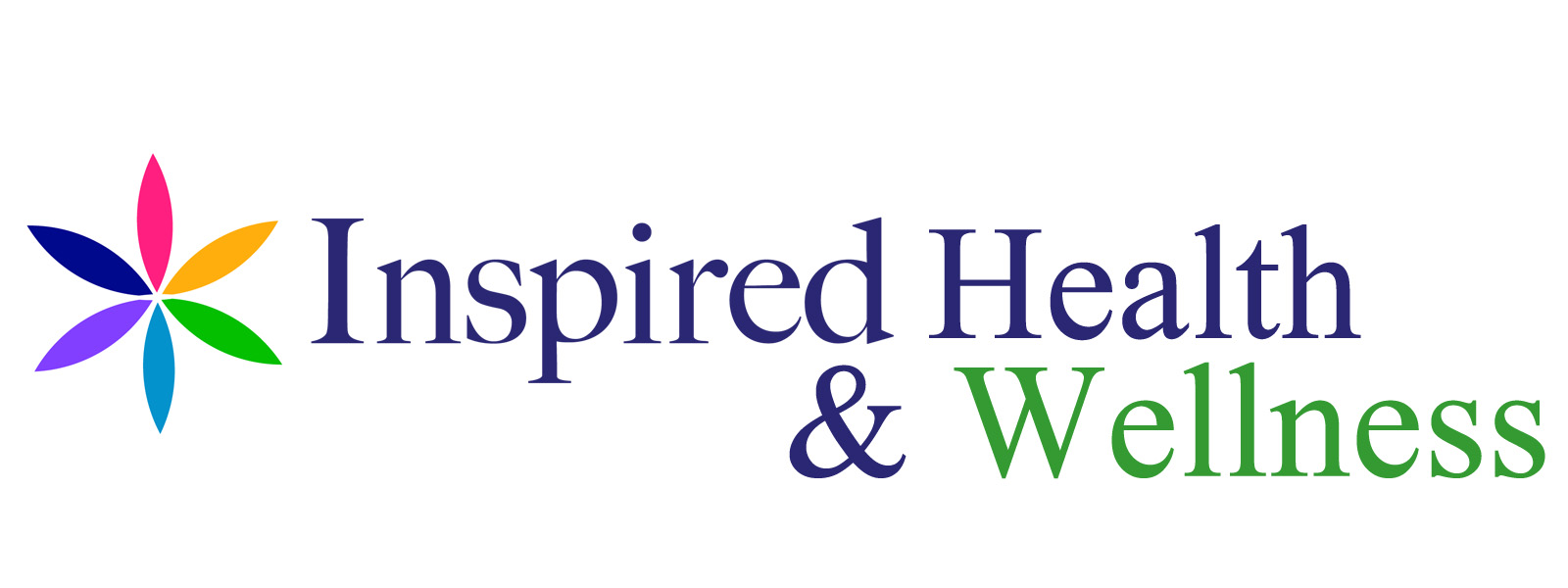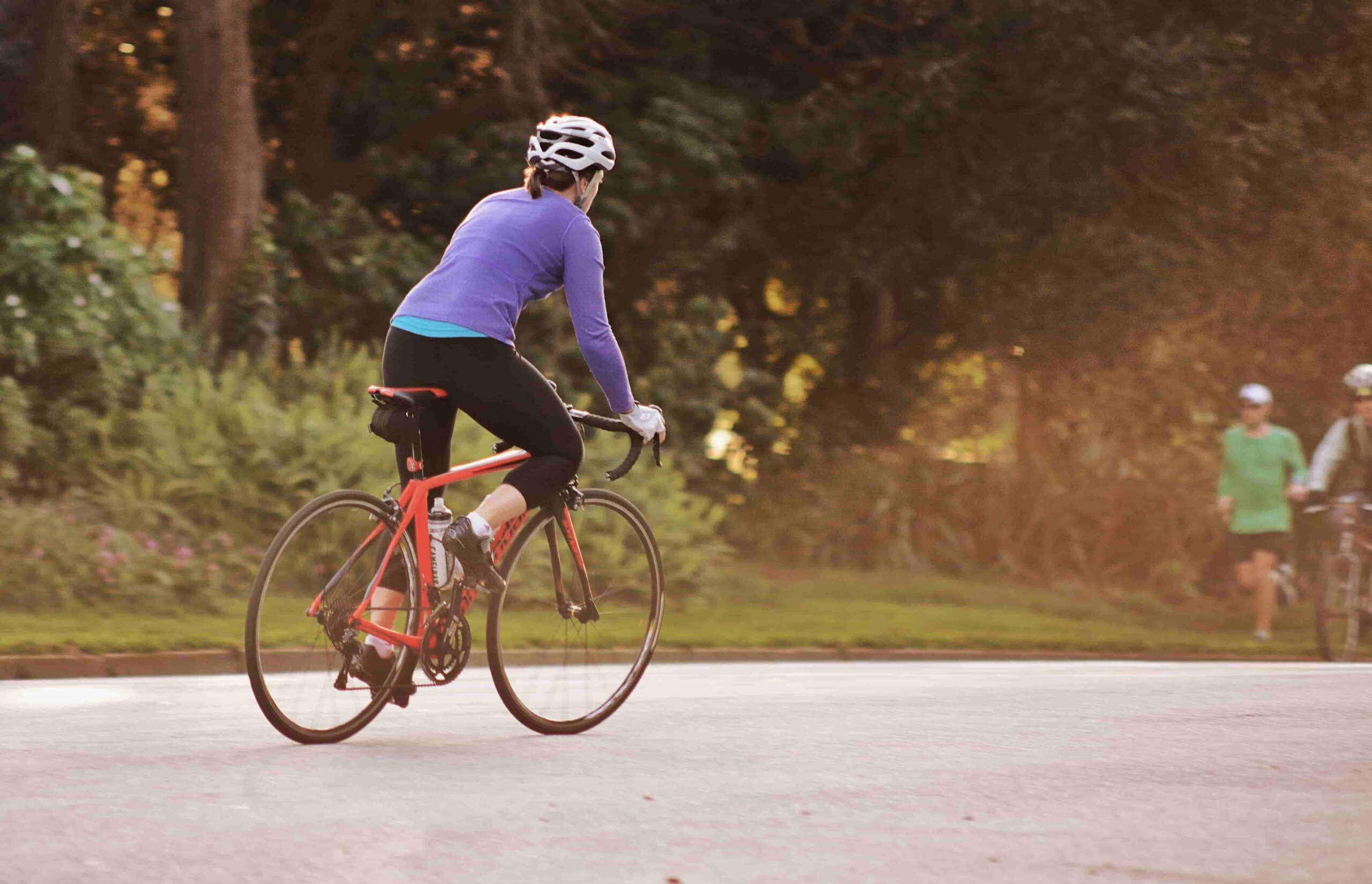Yeah, nutrition is where its at right now. But, I think of proper nutrition as getting us somewhere else. It allows you to get the best quality of life. Its not the end-all, be all. That would be a pretty big bummer. Except, that is where a lot of us get stuck. On counting calories, working out obsessively, and striving to control everything. Or, on the other end of the spectrum, not giving a damn.
Get The Best Quality of Life
Our quality of life matters the most. Nutrition gives us a lot in that department when it comes to eating organic, super-foods, and bio-individuality. The benefits aren’t just for each day, but last throughout our life when we want to have the flexibility to bend over, tie our shoes, and walk around. We want to be able to do what we want to do and have fun doing it – no matter what “it” is.
In the last blog post, I wrote about how our skin can be a weather vane for gut health, emotional health, and cellular regeneration/structure.
Beautiful skin is also big predictor of other important systems, like our kidneys and the nervous system. We need to keep our kidneys strong and healthy. Support them (not over taxing them) by helping them do what they need to do: filter blood. We don’t want our kidneys breaking down or weakening before their time because this leads to early morbidity. Early morbidity is the breakdown of our vital organs. This breakdown leads to suffering in later years. In many cases, this is happening too soon creating a lower quality of life. We can have a long life, but many years of pain, debilitating symptoms, and the body wears down long before it should.
Nervous System
There are different parts of the nervous system. The brain and spinal cord are connected to all the nerves that come off our spine, which then connect to all our organs. The CNS Central Nervous System is delicate and complex. It is also fascinating as it bridges consciousness governing our ‘thinking’ mind. We think, “reach out, kick, and move my feet” and wallah-presto it happens, just by thinking a thought.
Our conscious mind controls all these things, moving, thinking, and speaking.
The Autonomic Nervous System (ANS) is governed by our unconscious. In other words, we can’t get in there and take over by instructing it. No bossing around the ANS! It governs heart beat, how fast hair grows, fingernail growth, and rate of healing. The autonomic nervous system is the part of the nervous system that supplies the internal organs, including the blood vessels, stomach, intestine, liver, kidneys, bladder, genitals, lungs, pupils, heart, and sweat, salivary, and digestive glands.
The autonomic nervous system has two main divisions: Sympathetic (SNS) which governs fight or flight, and freeze response. The second is Parasympathetic (PNS) which regulates rest, digestive health, repairing, restorative functions, and reproduction.
Sympathetic Nervous System: The Red Zone.
Parasympathetic Nervous System: The Green Zone
The challenge is so many of us are living in the Red Zone. The main hormone behind this is adrenaline. It governs fight or flight. Health Care providers live there 24-7. When we live in this state a lot of the time, the SNS feeds adrenaline hormone to all areas of the body signaling, “Your life is in danger.” Therefore, the body is primed for all the physical benefits of getting out of danger and into safety. Today, stress is often psychological.
Picture
Psychological stress (the way this is perceived) and routine pressure erodes our health. Our internal response to stress are based on our life experience.
Life stressors like finances, work, relationships, raising adolescents, death/loss, illness, and traumatic experience all influence our physiological and psychological states. Perception of pressure sends us into the red zone. As does caffeine. Caffeine signals the SNS to make adrenaline releasing this cascade of bio-chemical changes – sending our body into fight or flight. Our sedentary lifestyle also influence these bio-chemical changes. When we aren’t utilizing the adrenaline to full effect when it continues to raise, the body has to adapt us not moving (being sedentary). We should be utilizing these fuels by moving. Again, adrenaline is raised by: caffeine and perception of pressure. In contrast, the PNS is engaged when diaphragmatic breathing occurs. Shallow breathing is how most people breathe every day.
When we breathe diaphragmatically, it tells the nervous system, “We are safe.” The body hears, “We can relax, everything is okay.” Diaphragmatic breathing helps us reach optimal health through restoration and reparation of the ANS. The nervous system significantly influences the fuel our body uses.
Glucose and Fat
In any given moment, the body is making a decision which fuel to use and it can only choose two: glucose or fat.
When we don’t use our proteins, we break our them down into amino acids. The amino acids get converted back into glucose. We can use glucose or fat or a combination of both. When we’re living in the red zone, our cells feels that our life is in danger. The body’s perception: it has to fuel us properly to get out of danger. And so our body makes the fastest burning fuel available, immediately. Take a wild guess between glucose and fat, which fuel that’s going to be? Which one is the fast burning one?
It’s always glucose.
If you haven’t eaten in a while you may not have enough glucose, but of course we store it most likely as glucogen which is in our liver and in our muscles. The glycogen releases, gets transformed back into glucose, and the result is our blood sugar goes up. Ready to power us. Ready for fuel. The glucose becomes available to help us out of this danger we are supposedly in. Turning our glucose stores over so frequently, the body never uses fat. The body feels like it’s always on high alert. Always wanting to utilize the glucose. What leads the human body to the message, I need to burn fat!? And what leads the human body to the message, I need to store fat!?
When the SNS is very active and dominant we are going to utilize glucose as a primary fuel. When the PNS is dominant, we use fat as an efficient fuel. To further understand this concept and the way it impacts us individually, we can look at our food choices. Example: The average person’s weight is approximately 150 pounds (70 kilos). For a 150 pound (70 kilogram) person they will store about two and a half thousand calories of glucose. That same person has the capacity to store about 130, 000 calories of fat. However, as soon as the fuel tank for glucose dives below about 2/3rds or 3/4 full, our desire for sweet foods activates and we must restock the cupboard. Because the body’s belief if that fuel gets too low, and there really was a threat, we wouldn’t be able to save our own life. Our desire for sweet foods activates, keeping that fuel tank nice and high. Once we make it through to the afternoon, there’s a crash.
And we say, “Oh, I know I just won’t have an afternoon coffee tomorrow.” That’s fine, the only problem is if we think, believe, eat, move, and perceive in exactly the same way the next day we are setting ourselves up. The 3:00 crash is inevitable. Our bio-chemistry is completely set up to crave the sugar in the afternoon. Willpower can play a role. Everyone can make a decision to raise the standards we are living in, but it becomes virtually impossible when these ancient mechanisms are really working outside our conscious awareness. They really do have our best interest at heart, survival. These powerful protective instincts can be soothed once we become aware. Helping our SNS out of survival mode governing so much of our preferences transforms health, brings longevity, and reduces physical suffering.




